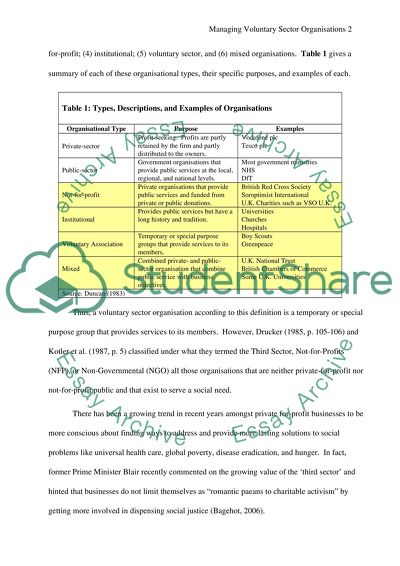Cite this document
(“To what extent is management in the voluntary sector diferent from Essay”, n.d.)
To what extent is management in the voluntary sector diferent from Essay. Retrieved from https://studentshare.org/miscellaneous/1511514-to-what-extent-is-management-in-the-voluntary-sector-diferent-from-management-in-conventional-commercial-concerns
To what extent is management in the voluntary sector diferent from Essay. Retrieved from https://studentshare.org/miscellaneous/1511514-to-what-extent-is-management-in-the-voluntary-sector-diferent-from-management-in-conventional-commercial-concerns
(To What Extent Is Management in the Voluntary Sector Diferent from Essay)
To What Extent Is Management in the Voluntary Sector Diferent from Essay. https://studentshare.org/miscellaneous/1511514-to-what-extent-is-management-in-the-voluntary-sector-diferent-from-management-in-conventional-commercial-concerns.
To What Extent Is Management in the Voluntary Sector Diferent from Essay. https://studentshare.org/miscellaneous/1511514-to-what-extent-is-management-in-the-voluntary-sector-diferent-from-management-in-conventional-commercial-concerns.
“To What Extent Is Management in the Voluntary Sector Diferent from Essay”, n.d. https://studentshare.org/miscellaneous/1511514-to-what-extent-is-management-in-the-voluntary-sector-diferent-from-management-in-conventional-commercial-concerns.


